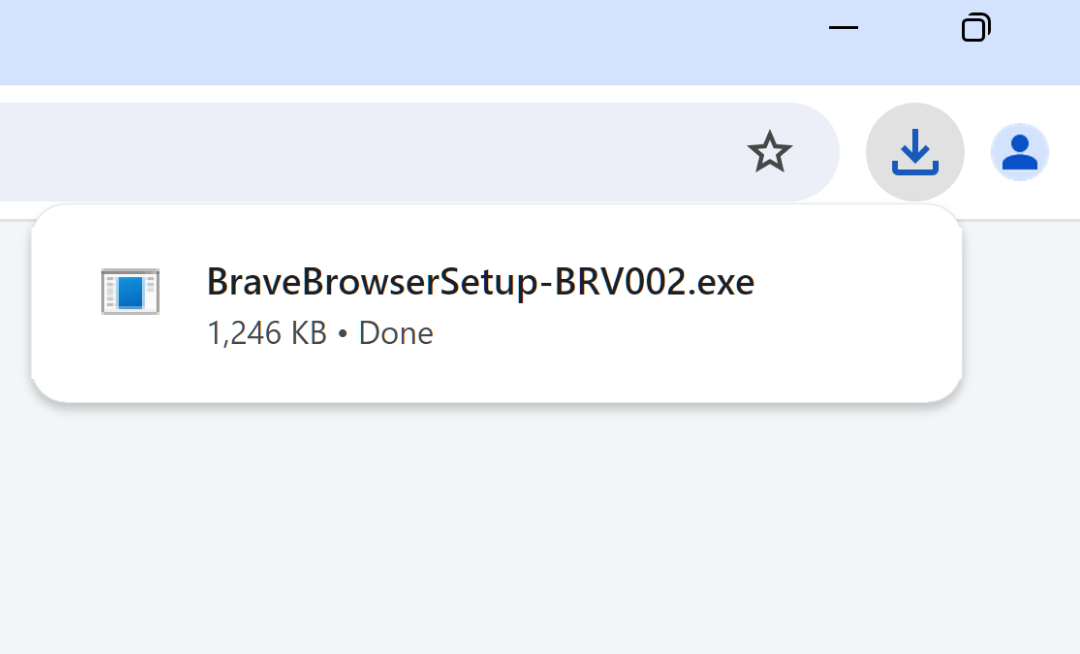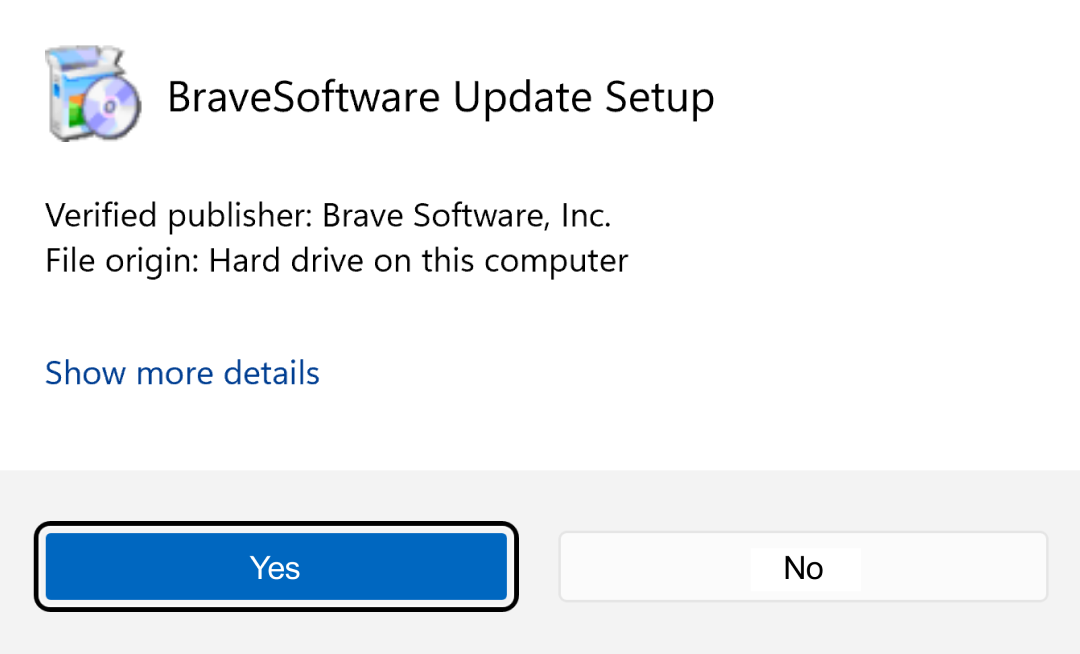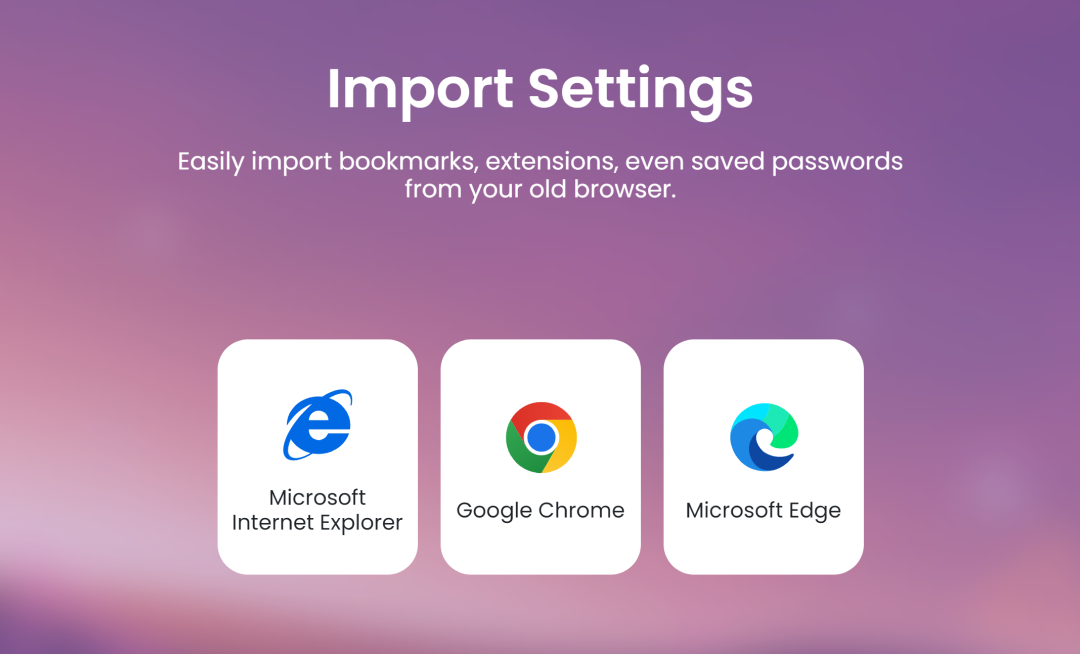Research at Brave
Papers
We are the Brave Research team! We work at the intersection of theory and practice on many topics in Computer Science. Our research mainly focuses on privacy, security, machine-learning, networks, and measurements. Read our work here!






